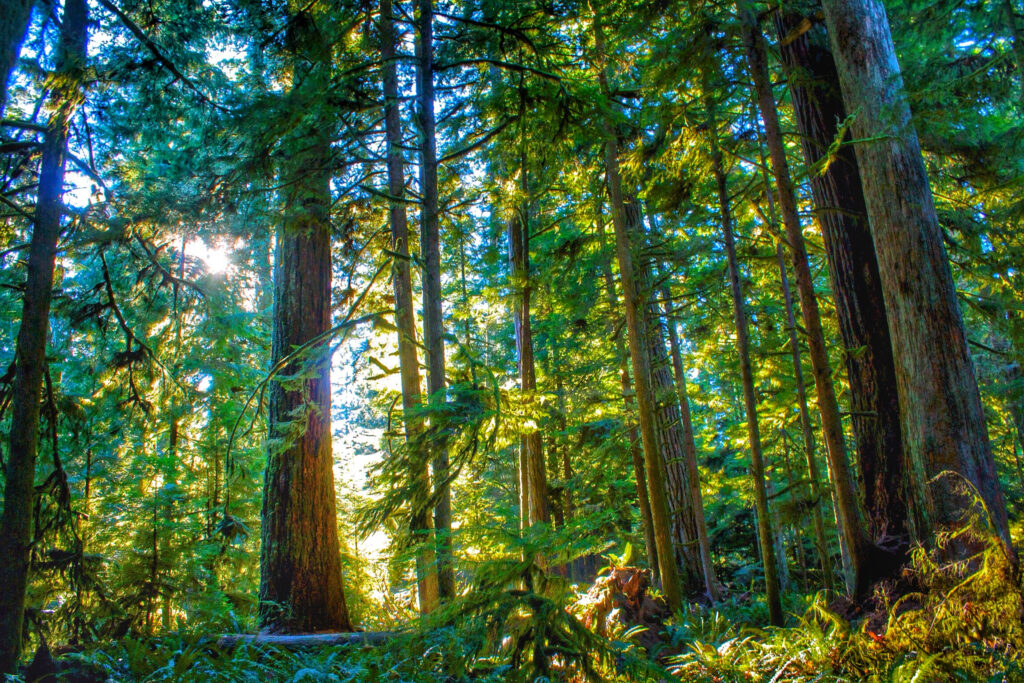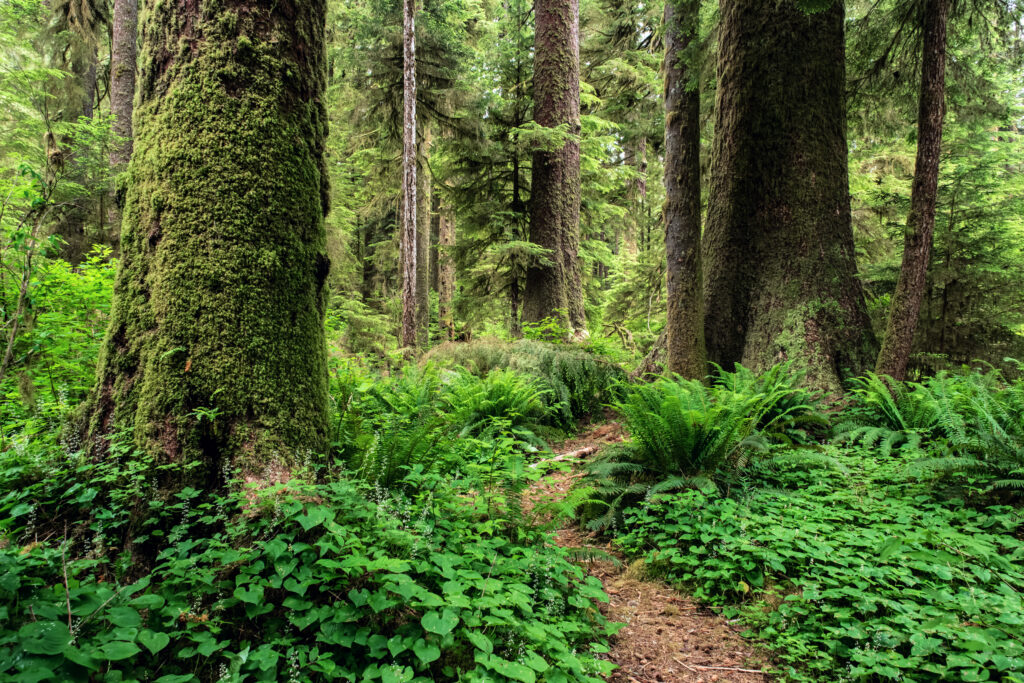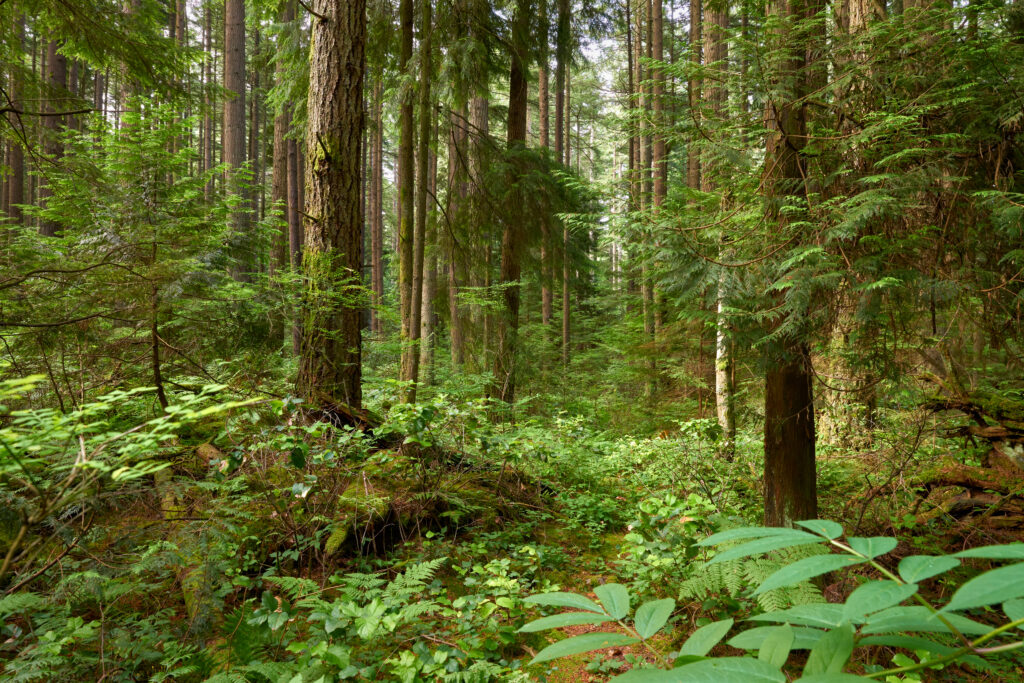It’s 2008. Science World has been named a United Nations for Sustainable Development Institution. Creekside Community Centre, the first LEED Platinum LEED PlatinumPlatinum, the highest level of LEED (Leadership in Energy and Environmental Design) certification, is given to buildings that meet robust sustainable and energy-efficient standards.Learn More community centre in Canada, is being built in False Creek. And Gregor Robertson — during his campaign for Mayor — promises to make Vancouver the "greenest city in the world" by 2020.
To accomplish this, buildings were required to decrease their energy use and greenhouse gas emissions; new bike routes were mapped out; processes to reduce waste going to landfills were set; the rapid transit Canada line was opened; and trees — 150,000 and counting! — were planted.
“We still need to plant lots of trees,” says Dave Aharonian, a Senior Policy Analyst in the Climate Partnerships and Engagement Branch at the B.C. Climate Action Secretariat.
If it seems like, for a while, everyone around the world was planting trees, that’s because they were. Many countries, including Canada, set astronomical tree-planting goals. Non-profit organizations — from One Tree Planted to Plant a Billion Trees — asked for donations. Brands declared that they will plant a tree in your honour if you buy a shirt, a journal, or a bottle of wine. Even oil companies were getting in on it!
Everywhere you looked, tree-planting campaigns were sprouting, and yes, some of them were scams. But they spoke to people because we know that trees are important.
In Vancouver, both our new and ancient trees — tall Western hemlocks, spindly Sitka spruces, and mighty Douglas firs — give us shade and keep us cool through a process called evapotranspiration Evapotranspiration is the movement of water from the soil to the atmosphere. , Christine Leclerc, a Masters student at Simon Fraser University’s Climate Research Lab, says.



They also protect us from flooding events, Dave adds.
During heavy rainfall, they can suck excess water from soil through their roots — “like straws!” Christine jokes. And their canopies (branches, stems, and leaves) can reduce the intensity of rain drops. This protects soil from erosion and helps reduce storm-water runoff, which in turn minimizes flooding.
And perhaps, most crucial for us now, is that trees absorb carbon dioxide from the atmosphere. They are, as many researchers have said, “the lungs of the Earth.”
But they can’t earn a city the title of “greenest in the world.”
Andrew Weaver, a professor in the School of Earth and Ocean Sciences at the University of Victoria, notes that while trees help us adapt (or “respond”) to climate change — and we do need to plant more — they “will not solve climate change.”
He explains that if a city transitions to renewable energy or if we shift to driving electric cars, we’re mitigating (or “preventing”) climate change because we’re not producing greenhouse gas emissions.
Adaptation, Dave says, is about making sure we’re prepared for the changes that are coming. If a city plants a tree to take in excess carbon dioxide or builds a seawall to protect its residents from sea level rise, they’re adapting to climate change.
Good climate action, Dave and Professor Weaver emphasize, needs to combine adaptation and mitigation.
Curious for more science behind climate resilience and adaptation?
Explore solutions for regenerating our planet on Change Reaction.
